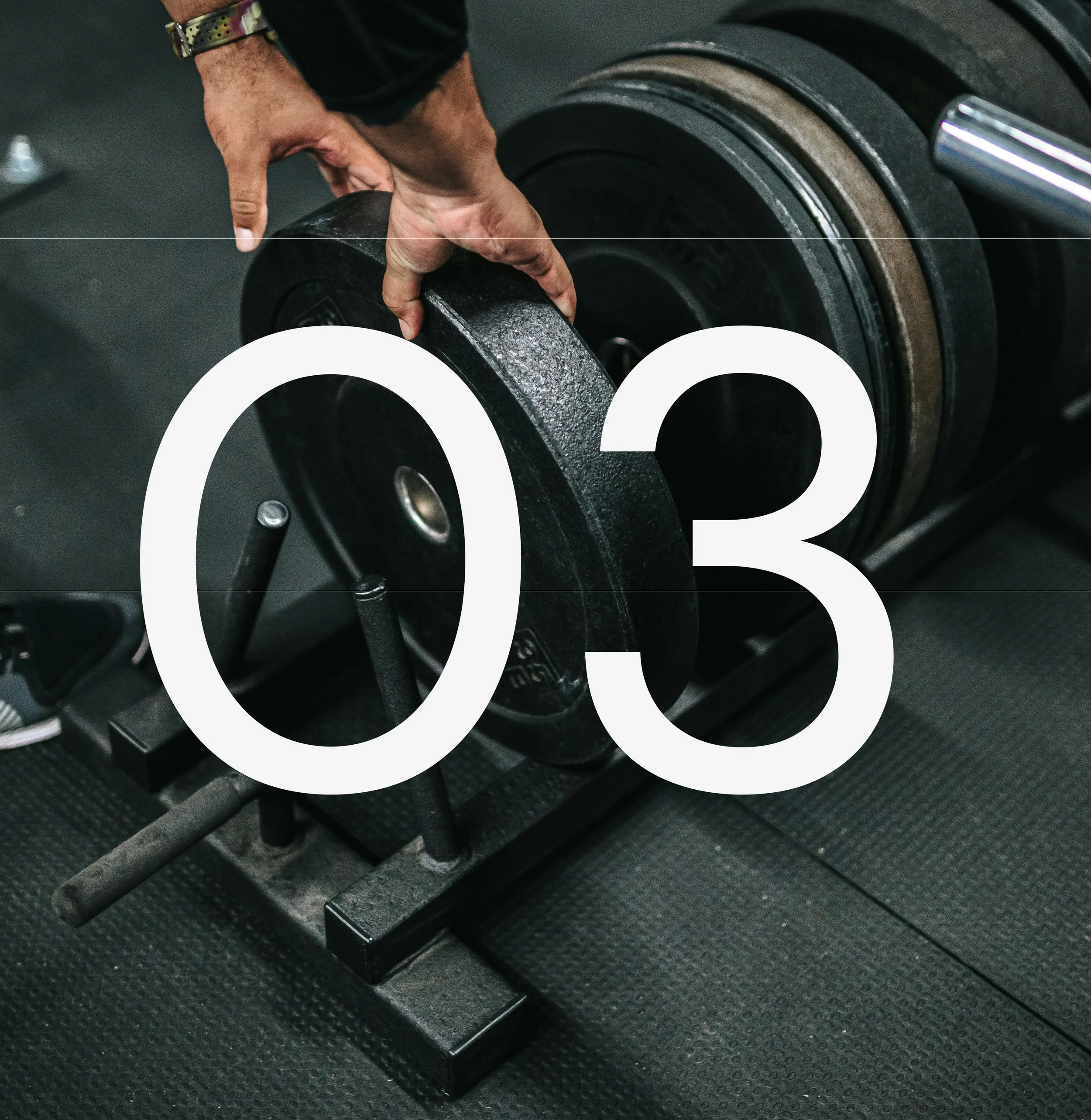3 Movement Patterns Every Youth Athlete Should Master Before Highschool
Developing Strength Isn’t Just About Lifting Weights — It Starts With learning How To Move Well
If you’re a parent of a youth athlete, you’ve probably heard the buzzwords: strength, speed, injury prevention, and explosiveness. But before your athlete can develop any of those qualities safely, they need to build a foundation of movement literacy.
At MOTUS Rehab and Performance, we see youth athletes every day with talent, drive, and potential—but without the foundational movement skills they need to stay healthy and perform at their best.
So today, we’re going to break down the 3 most important movement patterns every athlete should master before high school. These aren’t fancy drills—they’re the basics most athletes skip, and they’re the reason injuries and plateaus happen later on.
My Personal Training Story
Honestly, I had a pretty solid training experience growing up. I started getting into the weight room consistently around age 13, and I’ve been in it ever since. Every year I get older, I find myself chasing some kind of performance goal—and I think a big part of that comes from falling in love with training at a young age.
I was lucky. I had coaches who genuinely cared about my development and introduced me to the weight room early. They made sure I learned the basics and stayed safe. But truthfully, I didn’t fully understand the why or the how behind training until I got older and started experimenting and learning on my own.
That’s one of my missions now—to help young athletes understand the why and how of training and rehab from the start. Because it’s more than just improving performance—it’s about developing a skillset that supports a healthy, active lifestyle for the long run.
Not just a longer lifespan, but a better healthspan.
Why This Matters for Parents and Athletes
Chances are, you’re not an expert in the weight room—and that’s exactly why I’m here. My goal is to be a guide for you and your athlete as they grow, develop, and navigate training. I want to be a mentor your child can turn to—someone they can ask questions, learn from, and build confidence with along the way.
At MOTUS, we don’t just throw kids into workouts. We start with movement assessments, teach fundamental patterns, and progress athletes based on their individual development, not their age.
Because moving better isn’t just about avoiding injury—it’s about unlocking athletic potential.
Let’s go through the 3 most important movement patterns for you to learn as a young athlete (and sometimes what we have to relearn as adults)
1: The Hinge
The hinge is the foundation of movements like sprinting, jumping, deadlifting, and even throwing. It teaches athletes how to load their glutes and hamstrings (instead of overloading their back) and is crucial for both performance and injury prevention.
Key Points Of Performance:
Hips and knees push back.
“Neutral” spine throughout the movement.
Minimal knee bend; emphasis on hamstring stretch
Entry Points:
Hip Hinge With Dowel
Romanian Deadlifts (RDLs)
Elevated Kettlebell Deadlifts
2: The Squat
A good squat pattern is essential for athletic strength, but more importantly, it’s a test of coordination and mobility. Many youth athletes struggle with squats because of poor ankle or hip mobility, not because they’re “too weak.”
Key Points Of Performance:
Knees track in line with toes
Even foot pressure
Chest stays tall
Full range of motion without compensation
Entry Points:
Paused Goblet Squats
Wall Squats
Tempo Pin Squats
3: Rotation
Rotation is often overlooked, but it’s the secret weapon behind throwing, swinging, striking, and change-of-direction speed. Poor rotation mechanics often show up as arm pain, hip tightness, or even core injuries.
Key Points Of Performance:
Dissociation between the hips and shoulders
Smooth, controlled motion—not jerky
Core engagement throughout the movement
Entry Points:
Half-Kneeling Med Ball Rotational Throws
Tall Kneeling Band-Resisted Rotations
Wall-Resisted Rotation Drills
Final Thoughts
By the time an athlete enters high school, the demands of sport increase dramatically—faster gameplay, heavier loads, more reps, and higher intensity. If they don’t have these basic movement patterns down, their risk of injury skyrockets.
We see it all the time:
- Hip flexor pain from poor hinge control
- Knee pain with poor squat mechanics
- Arm or core issues from limited rotation
But the good news? These patterns can be trained early—safely, effectively, and in ways that build both movement quality and confidence.
Want to Future-Proof Your Athlete?
We offer 1-on-1 youth performance sessions that focus on strength, mobility, and movement quality—designed for middle school and early high school athletes.
Motus Rehab and Performance
Whether you're a parent looking to keep your athlete healthy, or an adult tired of dealing with pain, you want a clear path to long-term results—not just short-term fixes. At MOTUS, we help youth athletes and active adults reach their goals, from earning scholarships to moving pain-free. I started this practice because I didn’t have access to this level of care growing up in rural Iowa, and I’m passionate about giving others that quality of care. Through personalized physical therapy, strength training, and education, we guide every athlete with the clarity, support, and strategy they need to move forward with confidence.
Keagan Barrett: Motus Owner and Physical Therapist




